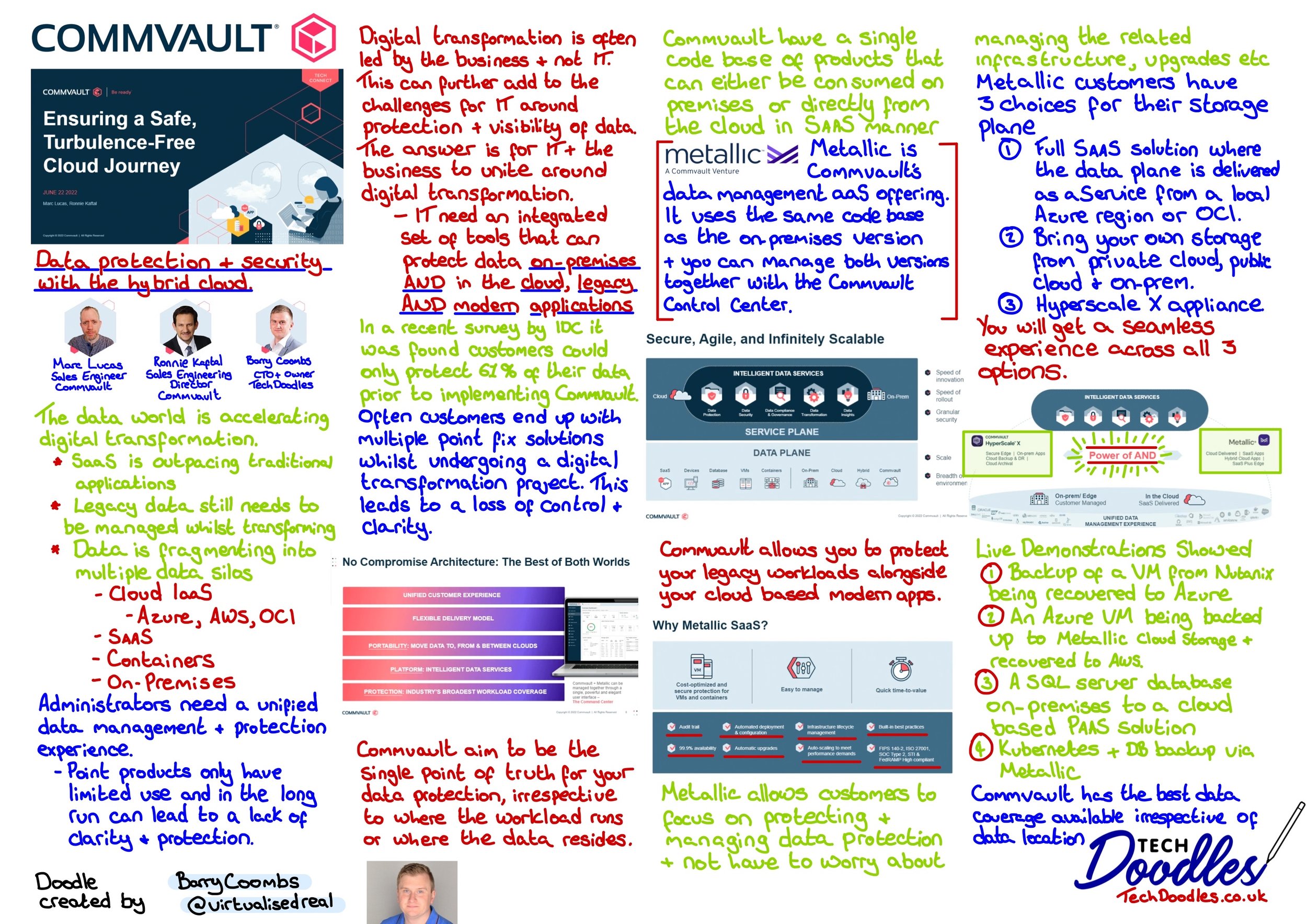One of the standout aspects of VMware Explore 2024 in Barcelona wasn’t just the keynotes or the tech on display—it was the people. The VMware community has always been the backbone of this event, and it was a privilege to sit down with Megan Warren to reflect on what makes this community so special, why it’s so important, and how it continues to thrive even amidst all the changes at VMware.
Below, I’ve shared some of the highlights from our discussion, but make sure to watch the full video to hear our thoughts in more detail. You’ll also get tips on how to get involved with the VMware User Group (VMUG), whether you’re in the UK or elsewhere in the world.
Why the VMware Community Matters
1. A Platform for Connection
Community means so many things to different people. For Megan and me, VMware Explore is a chance to reconnect with old friends, meet new faces, and share stories with peers. Whether it’s through the social events, conversations on the expo floor or sessions run by the community, this event reminds us why VMware’s user base is among the most engaged and supportive in the tech world.
It was particularly inspiring to hear both Joe Baguley and Hock Tan acknowledge the critical role of the VMware community during the General Session. Their words reaffirmed that, even under Broadcom’s leadership, the contributions of VMUG members and vExperts will remain integral to VMware’s success.
2. Community as a Career Catalyst
From my personal experience, the VMware community has been pivotal to my career. Being part of VMUG and connecting with peers has provided countless opportunities to share strategies, overcome challenges, and grow professionally. Megan echoed this sentiment, highlighting how the community supports learning and development in ways that extend far beyond formal roles or job descriptions.
For anyone in tech—whether you’re a seasoned pro or just starting out—finding your group and engaging with the community can open doors you didn’t even know existed.
3. Giving Back and Growing Together
One of the biggest takeaways from our discussion was the importance of giving back. The VMware community thrives because of its willingness to share knowledge, whether it’s through blogging, vlogging, or simply participating in conversations online or in person.
Megan shared how she learns from the incredible content others share and how that inspires her to give back in return. It’s a powerful cycle—when you contribute to the community, you’re not only helping others but also reinforcing your own learning.
If you’ve ever considered blogging or sharing your expertise, don’t let self-doubt hold you back. As Megan said, “If you help even one person, it’s worth it.” And, as I’ve often found, the person you help might just be your future self when you revisit your own content down the line!
The Friendliest Community in Tech
One thing we both agreed on is how welcoming and inclusive the VMware community is. Whether you’re a technical expert, a marketer, or just starting your journey, there’s a place for everyone. It’s a testament to the culture VMware has cultivated over the years, and it’s one of the reasons why events like VMware Explore feel so special.
Get Involved with VMUG
If you’re not already part of VMUG, there’s no better time to get involved. For those in the UK, the UK VMware User Group is happening at the end of the month, and it’s a fantastic way to meet others in the industry, share insights, and grow your network. If you’re outside the UK, head to the VMUG website to find your local chapter and start building connections that could transform your career.
Watch the Full Discussion
Want to hear more of our reflections on the power of community? Watch the full video below to join the conversation and find out why community is at the heart of everything VMware does.
What does community mean to you? Whether it’s through VMUG, vExperts, or another group, we’d love to hear your thoughts. Connect with us on X (Twitter) or LinkedIn to keep the conversation going!

































